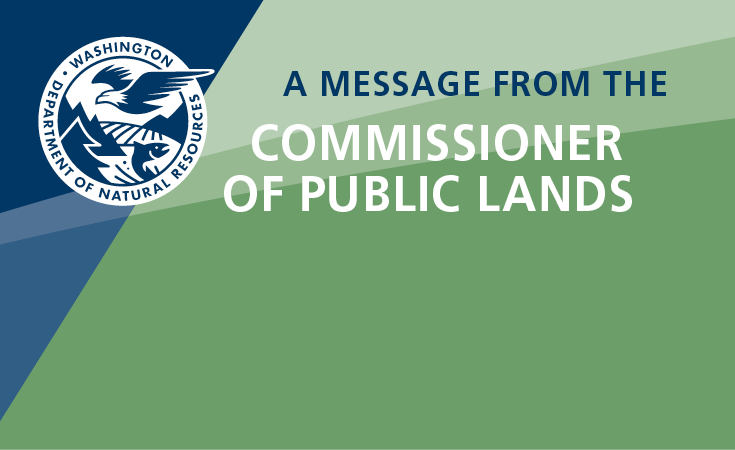Smith and Minor Islands Aquatic Reserve
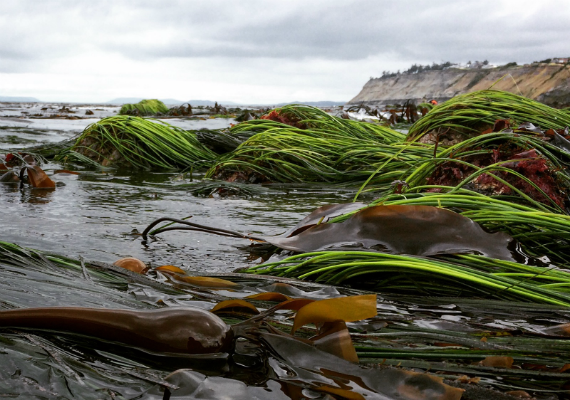
About the Aquatic Reserve
Smith and Minor Islands Aquatic Reserve covers 36,308 acres of state-owned aquatic land from the Whidbey Island shoreline westward around Smith and Minor Islands. Designated as an Aquatic Reserve in 2010, it is the largest in DNR’s reserve system and contains the largest bull kelp bed in Washington state.
Smith and Minor Islands lie about five miles off the western shore of Whidbey Island and are managed by the U.S. Fish and Wildlife Service as part of the San Juan Islands National Wildlife Refuge. To protect sensitive wildlife such as nesting seabirds and marine mammals, Smith and Minor Islands are closed to public entry year-round and visitors must stay 200 yards from the shore.
Smith and Minor Island Aquatic Reserve At-A-Glance
- Designated in 2010
- Size - 36,308 acres of state-owned aquatic land
- Significant species - Tufted puffins, rhinoceros auklets, bull kelp and rockfish
- Important habitats - Floating and understory kelp beds, seagrass beds and sandy bluffs
- Management Plan (2010)
- Commissioner's Order (2010)
Species and Habitats
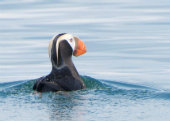
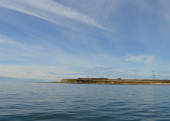
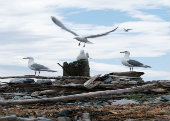
The waters west of Smith Island are home to the largest persistent bull kelp bed in Washington State. Bull kelp is an annual plant that can grow up to 40 feet in a single season creating layered habitat resembling an underwater forest. Marine creatures, including tiny shrimp and young rockfish, use these areas for shelter, nursery habitat and feeding. Each year, stormy winter weather rips up kelp and tosses it ashore where it decomposes and provides food and shelter for beach-dwelling creatures like beach hoppers and kelp flies. The following spring, a new generation of bull kelp grows.
The exposed, sandy bluffs on the west side of Whidbey Island and Smith Island provide prime habitat for burrow-nesting birds like pigeon guillemots. As a National Wildlife Refuge with limited human disturbance, Smith Island is one of the most important nesting bird areas in Washington State for species such as glaucous-winged gulls, double-crested cormorants, tufted puffins and rhinoceros auklets. Harbor seals, elephant seals and Stellar sea lions use the beaches and sand bars of Smith and Minor Islands for resting and for pup rearing. The diverse habitats of the Aquatic Reserve serve as foraging and molting areas for the seabirds and marine mammals that depend on these isolated islands.
Science and Monitoring
Explore science and monitoring projects conducted on the Smith and Minor Islands Aquatic Reserve in the Aquatic Reserves StoryMap Collection. In addition, the Aquatic Reserves Program Data Viewer is an interactive map with monitoring data collected by the Aquatic Reserves Program and Citizen Stewardship Committees. Click here to view the interactive map.
Reports and Links



